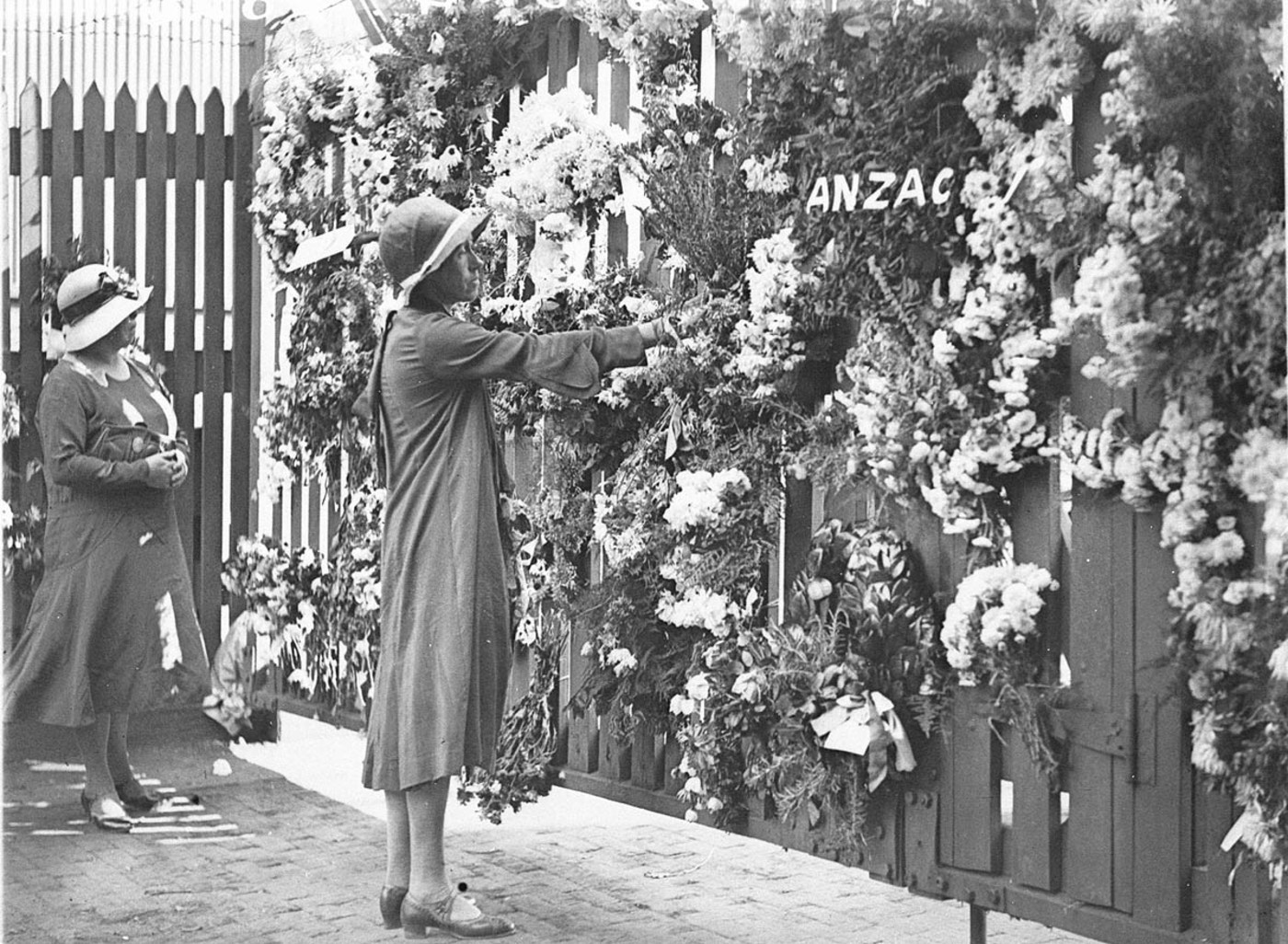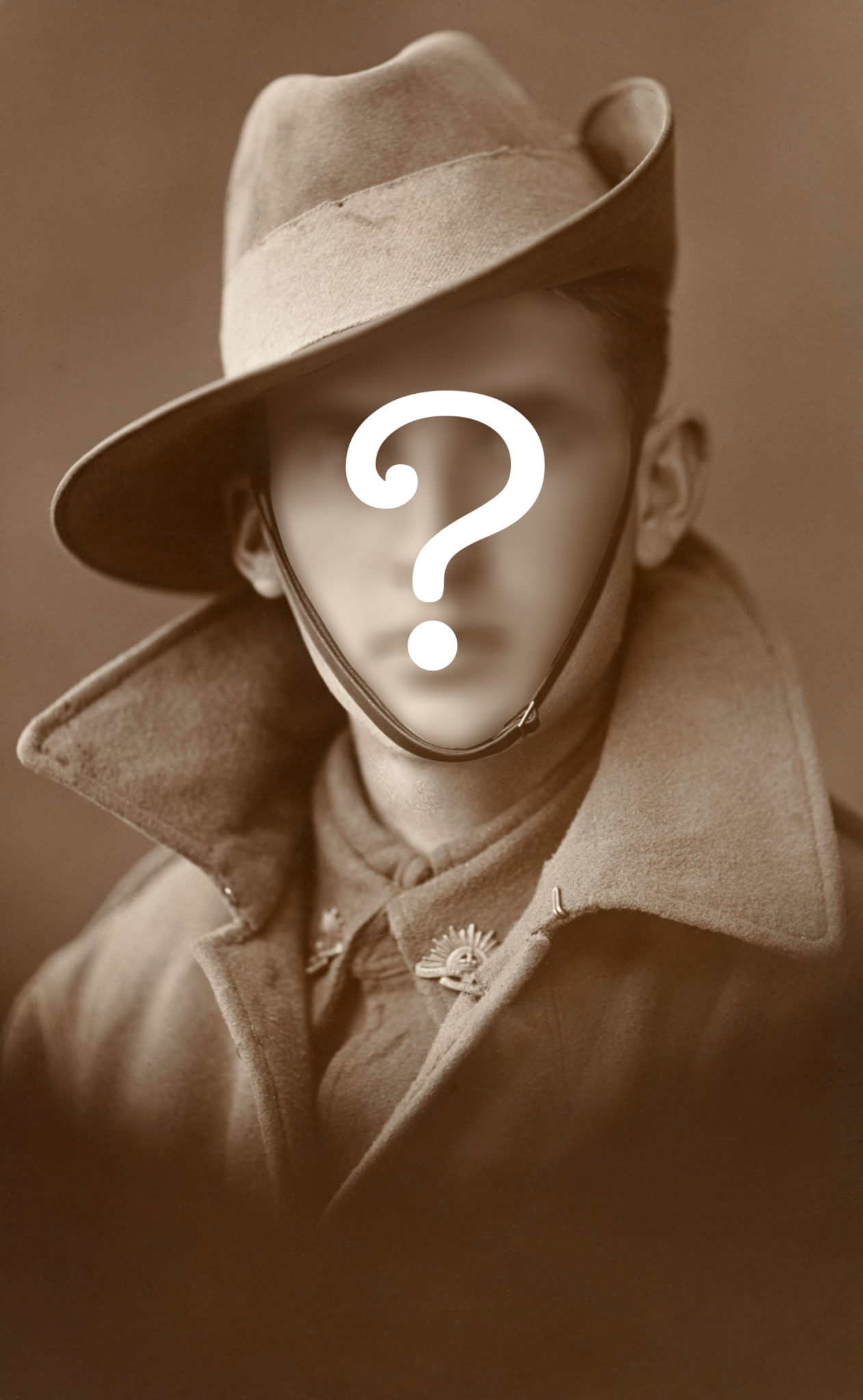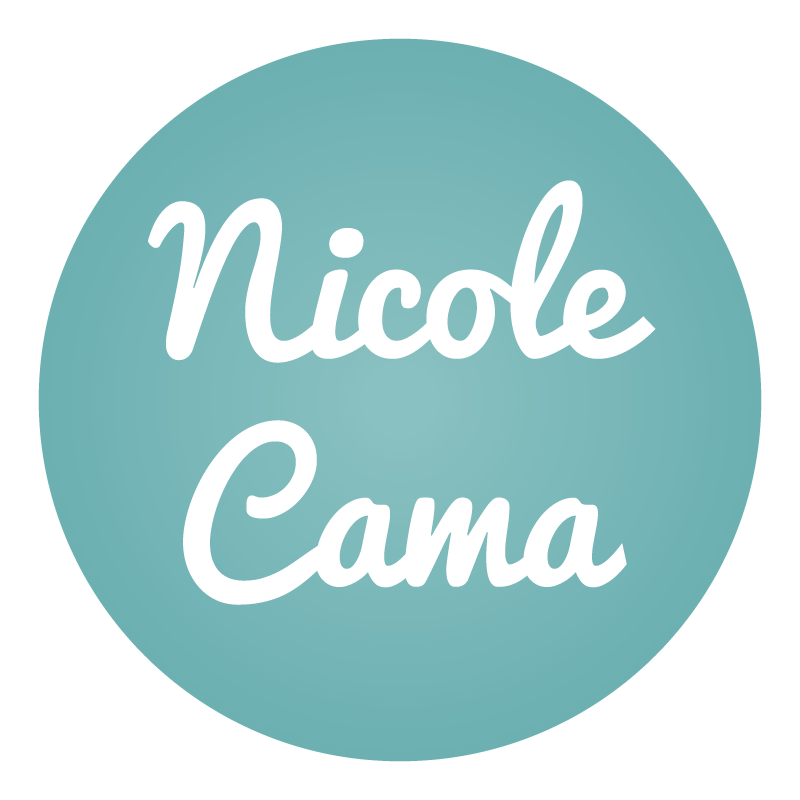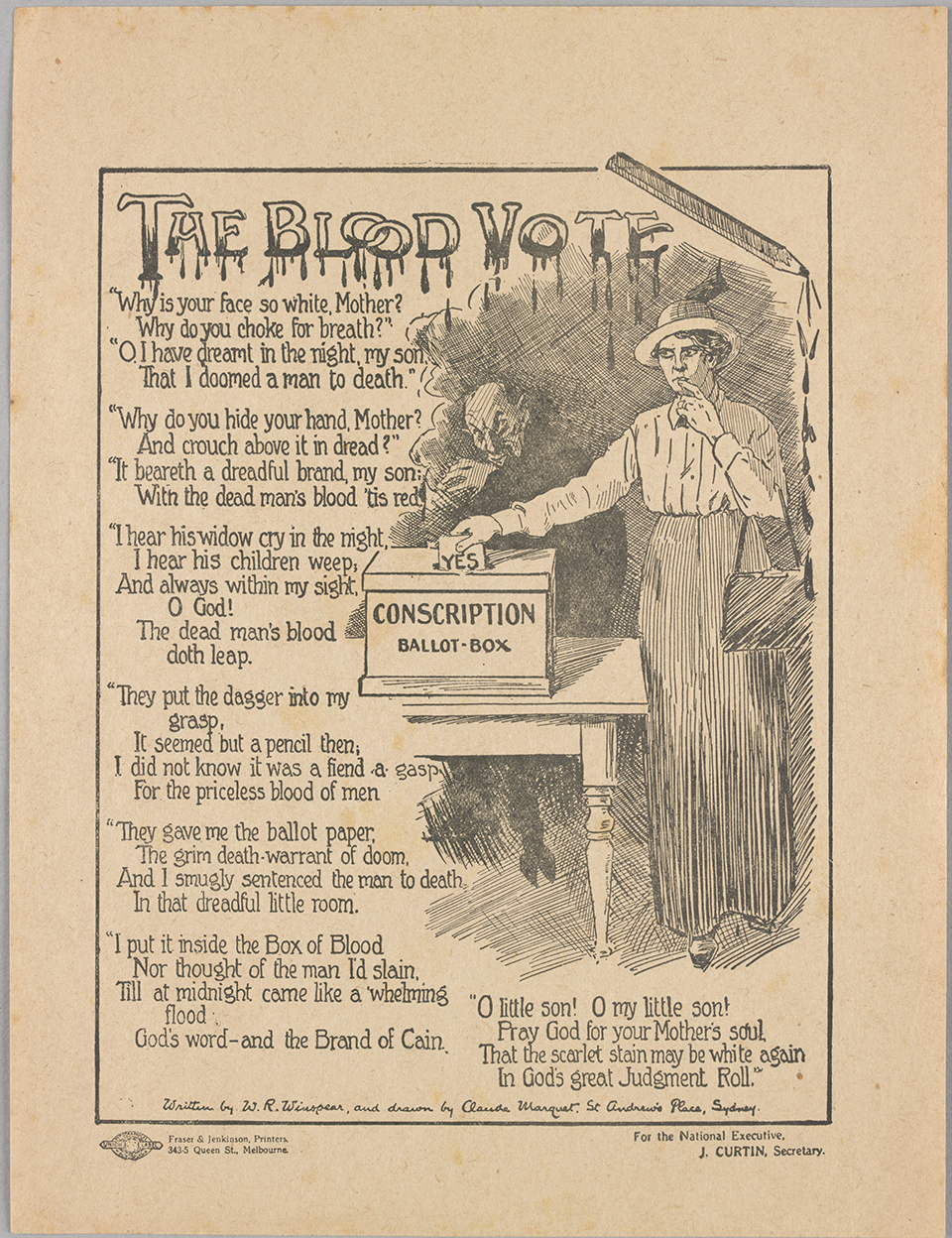
Women lay wreaths on the wharf at Woolloomooloo where the WW I troops departed, c 1931, Ted Hood. State Library of NSW
History Week has been going for 18 years and there will be many interesting events being held in Sydney and across NSW with the theme: ‘War, Nationalism and Identity’. One of the key issues being discussed is how Australians commemorate war. For instance, did you know Australia is spending more money on its World War I commemorations than any other nation? I delved into the Dictionary of Sydney to see how war has impacted Sydney and how we remember it today, and spoke to Mitch on 2SER Breakfast.
There are a couple of interesting articles of note in the Dictionary. In her article ‘Women and World War I’, Catie Gilchrist notes that although there was initial widespread support for the war, some women joined anti-war, anti-conscription and peace movements.
They established organisations such as the Women’s Peace Army and Sisterhood of International Peace, and led organised rallies and demonstrations. One of their protest songs, the most common sung at anti-conscription rallies, is worth reciting here: ‘I didn’t raise my son to be a soldier, I brought him up to be my pride and joy, Who dares to put a musket on his shoulder, To kill some other mother’s soldier boy? The nations ought to arbitrate their quarrels, It’s time to put the sword and gun away…’ The lyrics to this song was banned by legislation introduced by the government, however, this did not deter women from singing it at their rallies.
Another one of the Dictionary’s contributors, Neil Radford, has published articles on war memorials. He notes that more than 60,000 Australians died during World War I, and of those only one body, that of Major-General Sir William Throsby Bridges, was returned to Australia. So in a way, the war memorial movement sprung up for a very practical reason – families had no graves to visit and needed a site where the names of their loved ones were inscribed. So it is no surprise that today, there are many examples in public spaces and buildings across the country, that include a memorial with the names of those who served.
But some of these modes of commemoration were produced during the war for an additional purpose. In churches, schools, town halls, sporting clubs and other public buildings across the country, honour rolls were created to display the names of the local men in the community who had enlisted. Although designed to honour these individuals, in some cases it was also used as a recruitment tool to encourage others to enlist.

Original photograph: ‘Unidentified soldier of the AIF’, Australian War Memorial
For History Week, my fellow Dictionary of Sydney 2SER guest historian Dr Lisa Murray will be taking a tour of the memorials and honour rolls of Redfern and Waterloo this Saturday (12 September), with a morning tea starting at Waterloo Library. Make sure you book online, head over to the History Week website for more details. Also, I worked on two mini World War I exhibitions with the City of Sydney, and they will be showing over the next month at Surry Hills Library and Customs House Library, so be sure to check those out too.
Speaking of honour rolls and war memorials, I’ve recently been researching an honour roll which was initially placed in the Ultimo Presbyterian Church in 1916. There is an interesting story behind the honour roll itself, but just as fascinating are the stories behind the 36 names listed on its wooden panels. There is one name, which remains a mystery – E Scranchki. If anyone has any information they can share which may shed some light on E Scranchki’s identity, go to dictionaryofsydney.org and get in touch with us! In the meantime, enjoy History Week 2015!
Listen to my segment at 2SER radio. For other interesting segments, see my Dictionary of Sydney project post and visit the Dictionary of Sydney blog.

